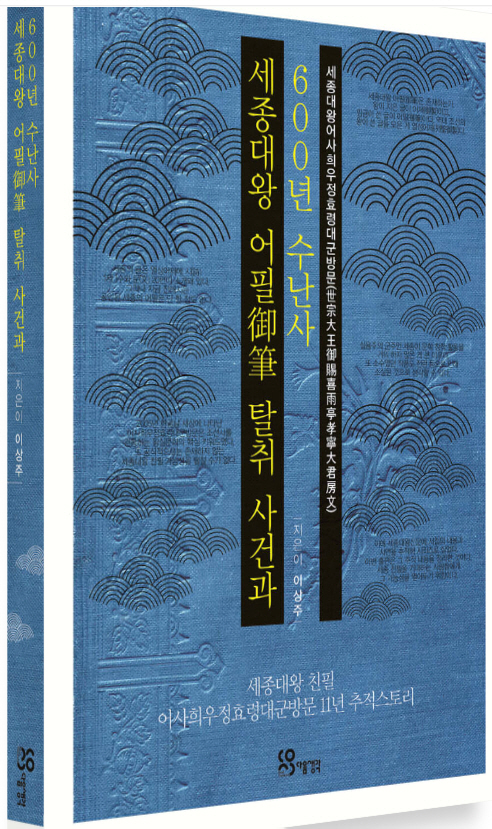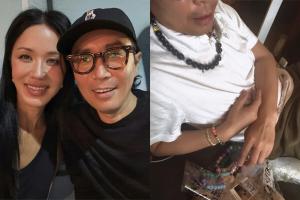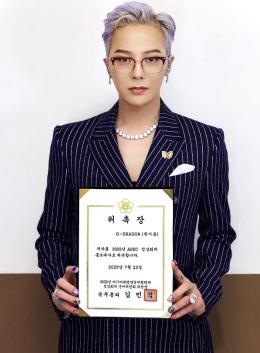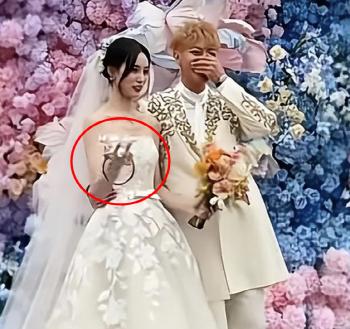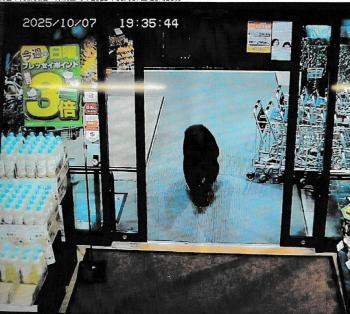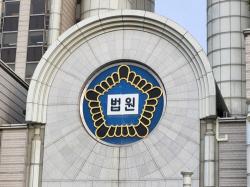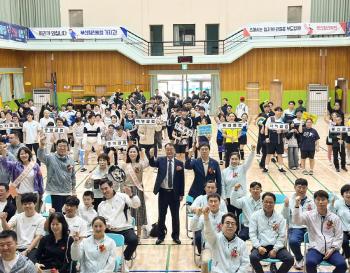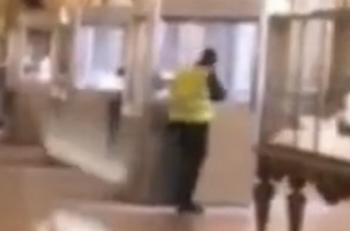The seizure of King Sejong's appeal and the 600-year-old disaster that surprised Joseon
Sep 02, 2025
|
In the 12th year of King Heonjong's reign (1846), Confucian scholar Lee Jin-ho (鎭浩) held a one-man protest in front of the palace with a giant bandit. He appealed for the restoration of the appeal of King Sejong, who was robbed of power-related corruption. He held a one-man protest over four months, appealed for unfair stories, and shouted his sorrow through a fierce dispute when the king went out of the palace. He was the ninth son (嗣孫) of Yi Sim-won of Jugye-gun, the great-grandchild of Prince Hyoryeong.
Sejong's handwriting, which was stolen, was 'Eosa Hui Woo Jeong Hyo-ryeong Daegun's visit (御賜喜雨 Jeong 孝寧 君房). After serving as a rain ritual in April 1425, the seventh year of his throne, King Sejong visited the pavilion of his older brother, Prince Hyoryeong. When the brothers half emptied their glasses while sharing their affection, the much-anticipated rain poured from the sky. The king was very happy and made him change the name of the pavilion, called Hapgangjeong, to 喜雨jeong. The inspiration was written in 528 letters of 楷 on 10 sheets of high-quality Korean paper for the royal family.
The book presented by Sejong to Prince Hyoryeong went through twists and turns. Heui Woo-jeong, a pavilion written by King Sejong's appeal and 題, was inherited by Prince Hyoryeong to Lee Sim-won, his great-grandchild Jugye-gun. Lee Sim-won of Jugye-gun built and kept Sejong Appeal in Heewoojeong. Sejong Appeal and Hee Woo-jeong face a crisis in management as the third son of Lee Sim-won (父) was sacrificed due to the sudden privateization during Yeonsan-gun. However, during the reign of King Yeongjo and King Jeongjo, the humility of Prince Yangnyeong and Prince Hyoryeong was re-illuminated. As the years passed since then, the descendants of the Jugye-gun have become weak, and eventually after King Sunjo (1830), the Moribae around them took over the documents by filing false lawsuits. As a result, Lee Jin-ho, a descendant, will regain Hee Woo-jeong, who enshrine Sejong's appeal and appeal through a one-man demonstration and a fierce dispute.
There was also a brief moment of joy. Amid the intervention of Young Eui-jeong Kim Jwa-geun, Sejong's appeal falls back into the hands of the seized Moribae, and Lee Jin-ho, the original Confucian scholar, is exiled. This has turned out to be a social problem. Confucian scholars from all over the country gathered their opinions in Tongmun and urged the country to conduct a fair investigation. He also appealed for measures to restore the original state as implemented by King Sejong.
Cheoljong ordered a strict investigation. Upon confirming the truth of the case, Cheoljong published the king's ruling, the Inner 賜完, in 1853. As a result, all income from the rivers around Heewoojeong, Sejong Appeal, and Heewoojeong will be returned to the descendants of Hyoryeongdaegun, the great-grandchildren of the royal family. Along with this, Cheoljong made regulations by the government to ensure that the system was permanently observed. The government imposed the items to be observed on Hanseongbu and Hyeongjo. This is the government's female 兩司揭板節目 Han Yang-sa-gejejeolmok (the 府與刑 of the government and 府與刑 Korea).
In the case of King Sejong's appeal (御筆) and the 600-year-old Sunan Temple', various data are presented that show that the visit of Prince Eosa Hee-woo Jeong Hyo-ryeong is Sejong's appeal (御筆) yesterday (御製). They include a full text of Hyoryeong-daegun's handwriting, a text received from the owner of Eosaheeujeongmun in Hyeongjo during the reign of King Heonjong (1834-1849), a petition written at the Hyoryeong-daegun's Jonggyo Association during the reign of King Cheoljong (1849-1863), Hwayangseowon Tongmun in Chungcheong-do, Heungamseowon Tongmun in Sangju, Gyeongsang-do, Hamchang-do Hoi Tongmun in Gyeongsang-do, Cheoljong's internal affairs Wanmun, and the government female Yangsa Gepanjeolmok (府與刑 Han 兩司揭板節目) that Cheoljong gave to Hyeong.
Such valuable historical materials are also made up of pictorials. It is a collection of 70 wood type 活 printed with 御賜喜雨 孝寧, Cheoljong's internal 賜完, government female 府與刑 Hanryang Temple Gepanjeolmok, Hyoryeong Daegun's personal writing, and Eosahee Woojeongmun in the 7th year of King Gojong's reign. These materials can be valuable to researchers, along with appreciation of the high culture of the king and the royal family.
The main books of royal culture writer Lee Sang-joo, who has tracked down Sejong's handwriting for 11 years, include 'The Study of Sejong';' A 500-year-old story of Prince Sejong's Yeonghaegun on Dobongsan Mountain';' (Prince Jungjong's) Bongsung-gun and Eulsa-hwa (translated)';'The King's Soul Tells the Secrets of Joseon';'Taejo and Geonwonneung'; and'Taejong and Heonneung'.
This article was translated by Naver AI translator.
